Abstract
1. Sarcomere lengths were measured during rest and throughout the time course of isometric contractions in thin, isolated rat papillary muscles using light diffraction techniques. 2. Shortening of the sarcomere length occurred upon contraction at all muscle lengths, averaging 7% at optimal length and more at shorter lengths. Relative to the narrow range of sarcomere lengths spanning the length--tension curve, this degree of shortening was considerable. 3. Local changes of sarcomere length were quantitatively paralleled by local changes of tissue segment length, the latter demarcated by microspheres lodged within the muscle tissue. At all but the shortest muscle lengths, sarcomere shortening was fully accounted for by equivalent lengthening of the non-striated regions near the clamped ends of the preparation. 4. It seems likely that these regions near the clamped ends of the preparation. 4. It seems constitute the source of the large series elasticity characteristic of isolated papillary muscle preparations such as this.
Full text
PDF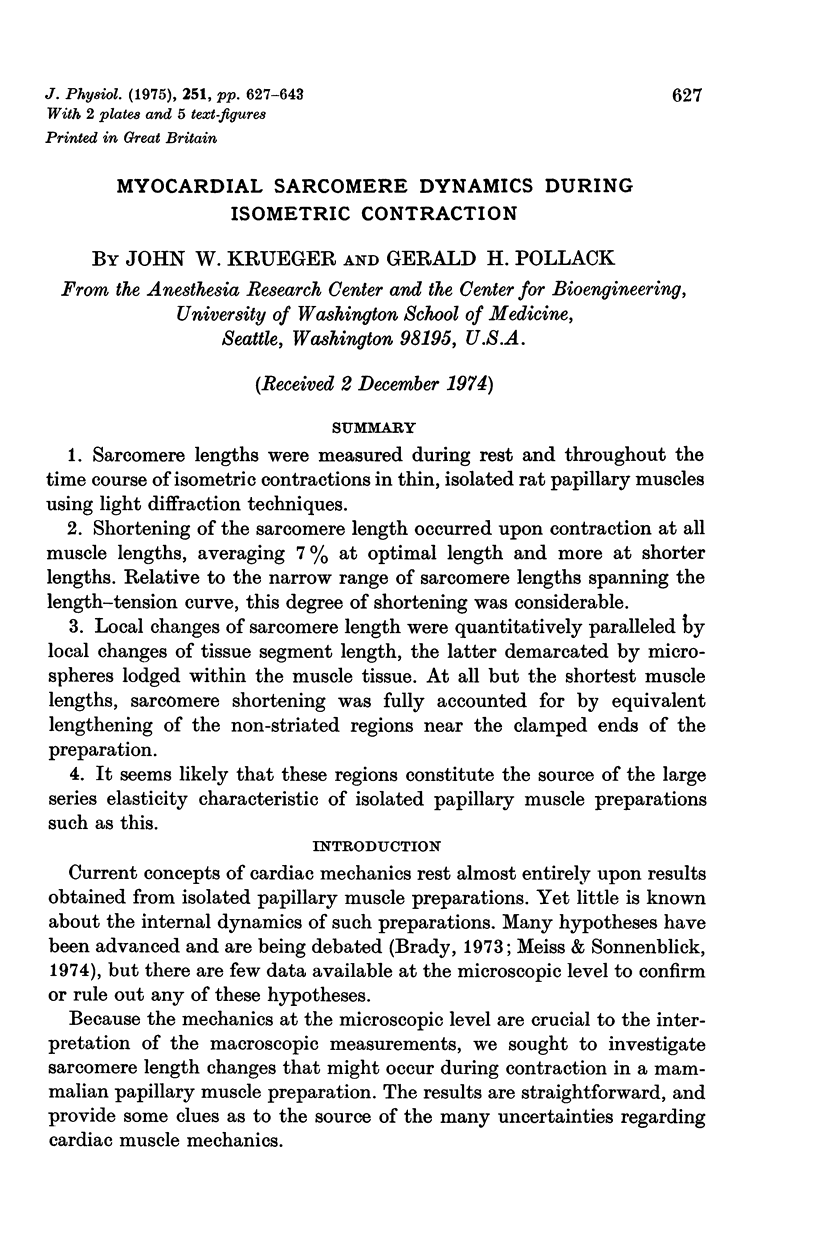
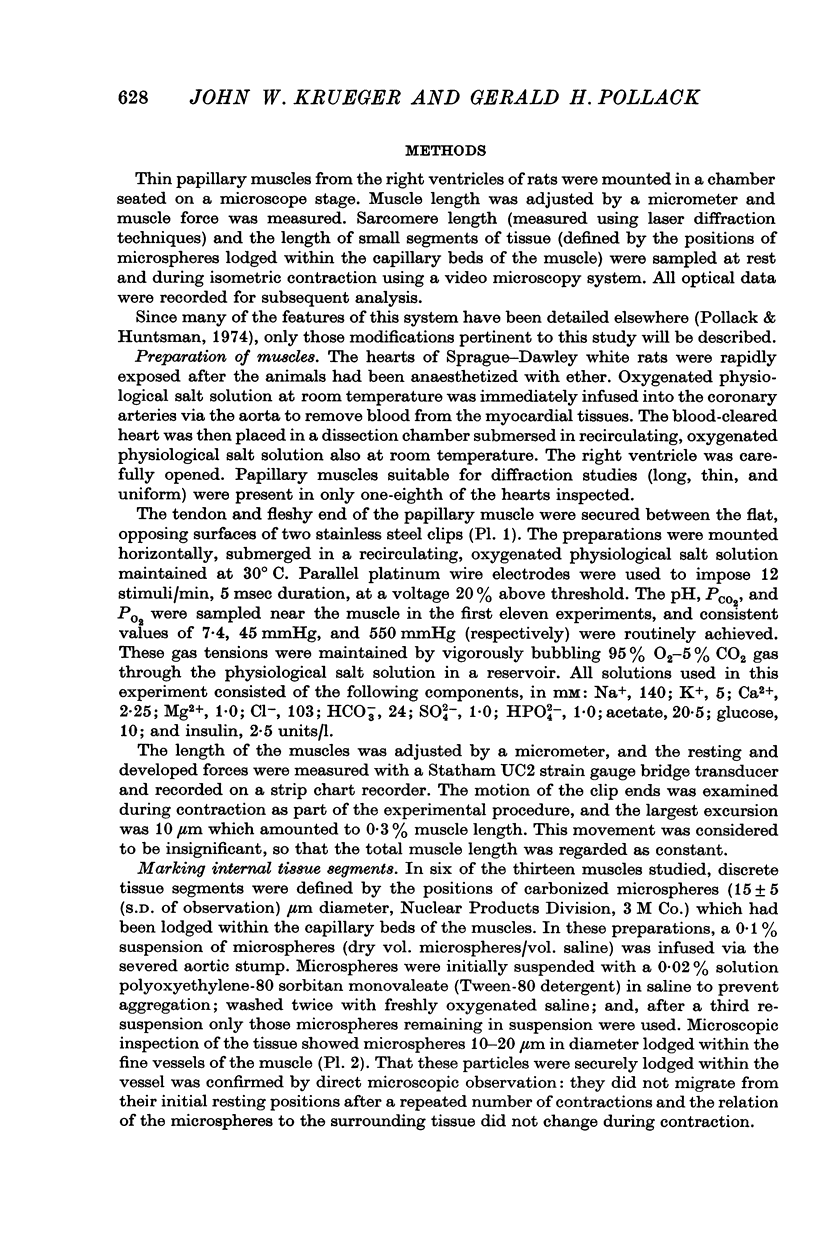
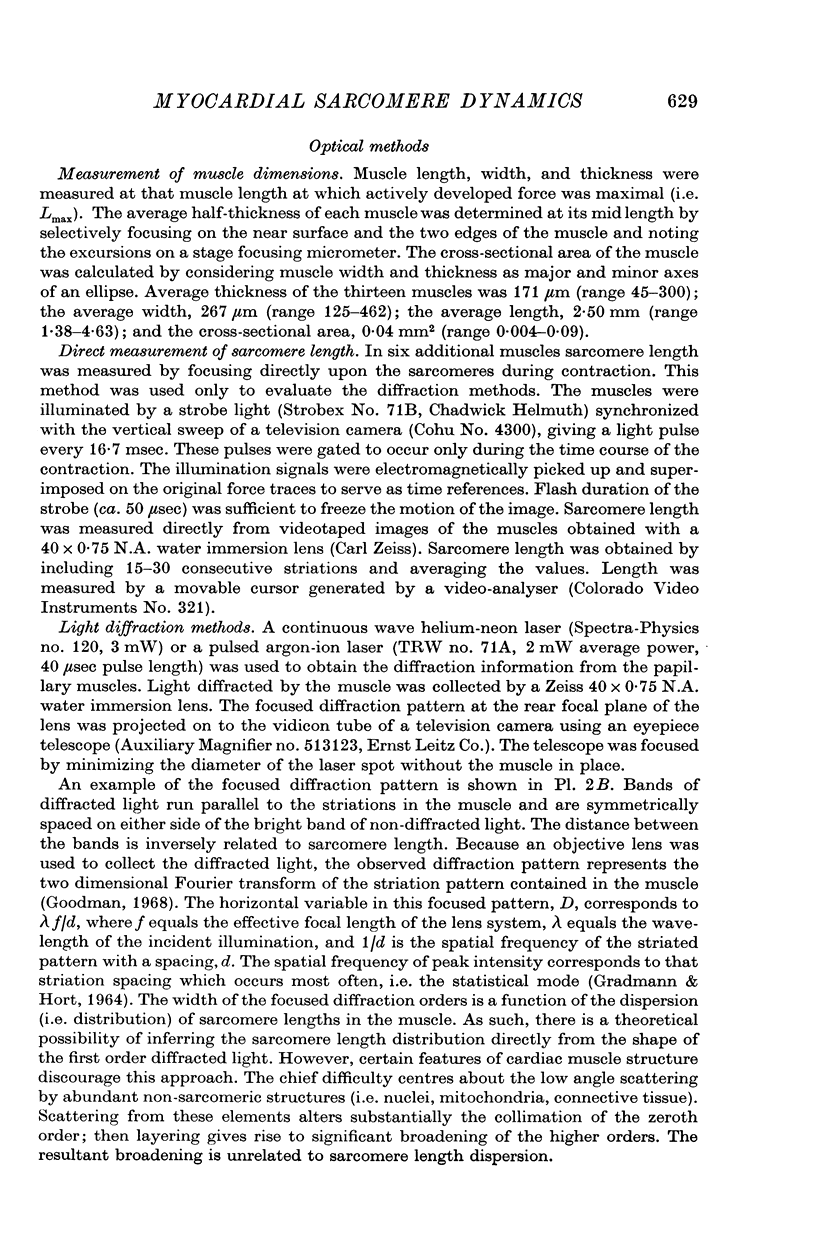
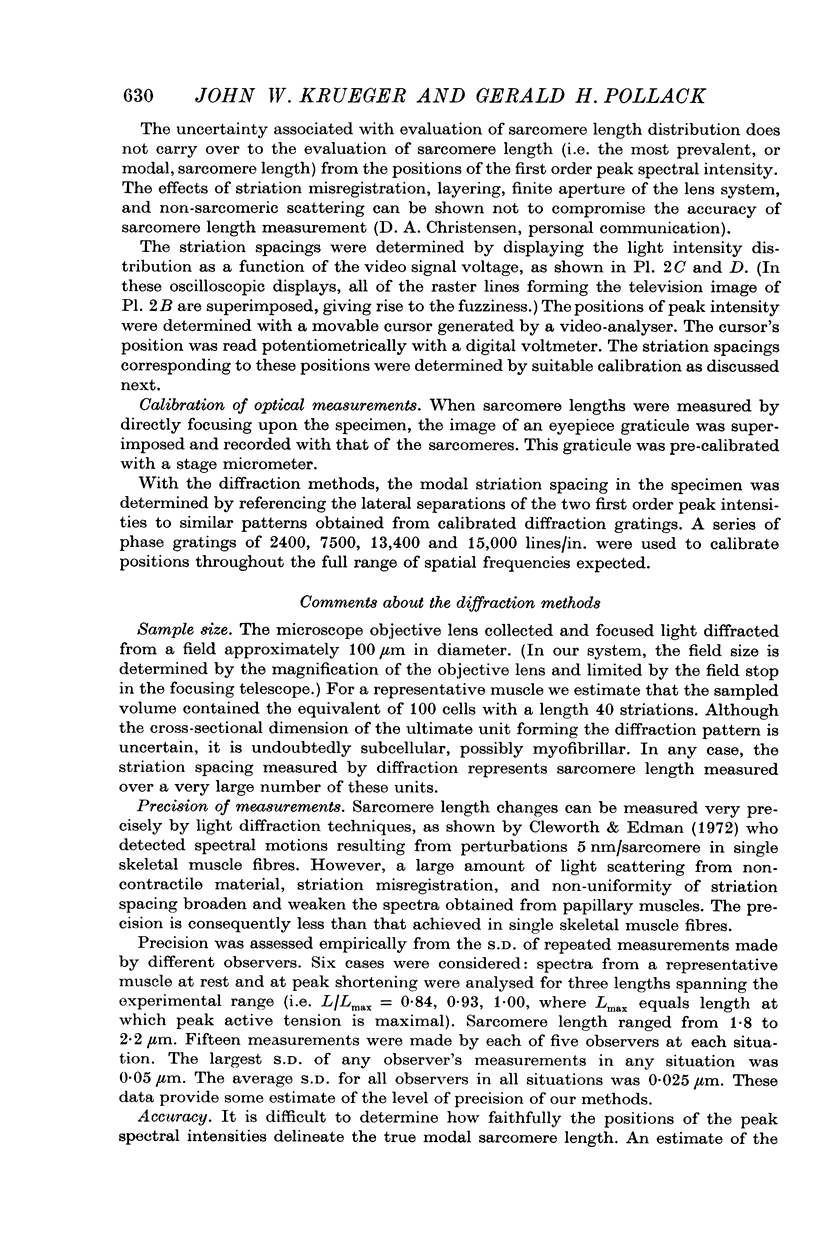
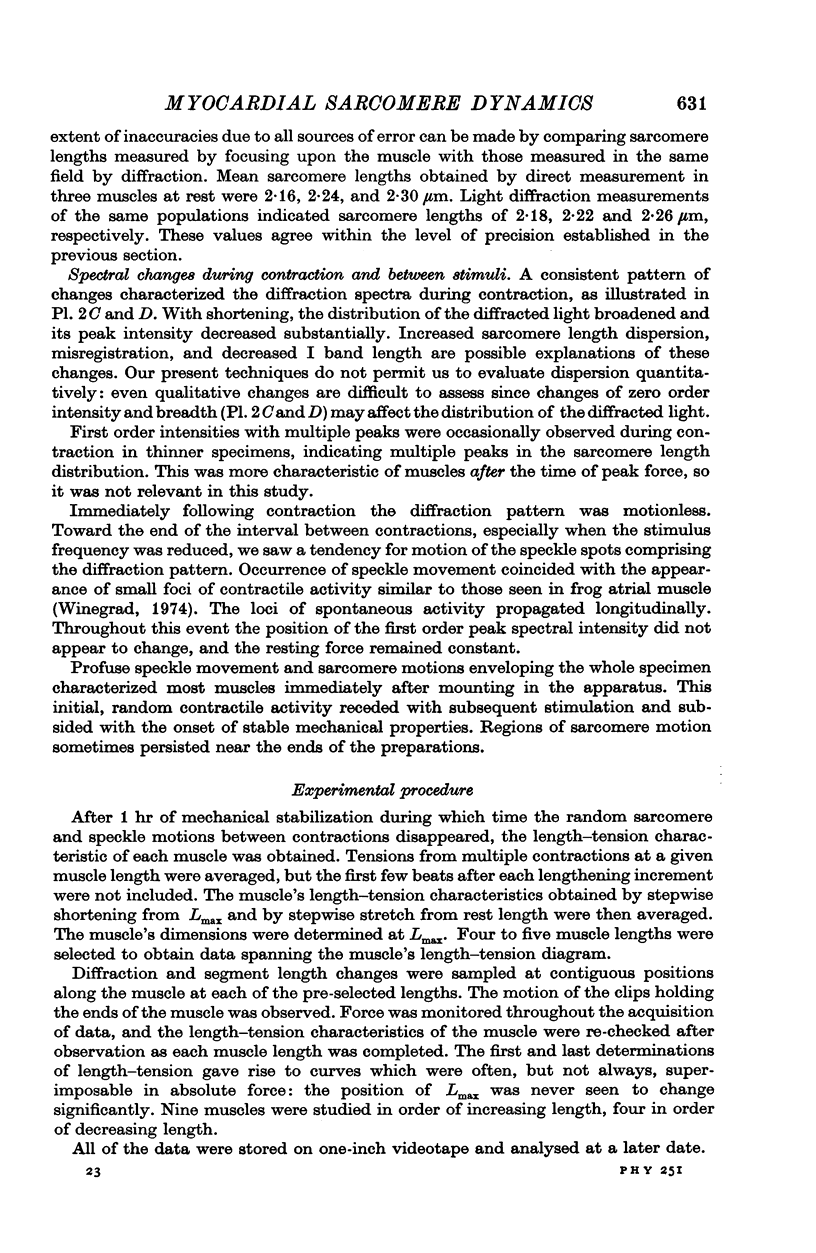
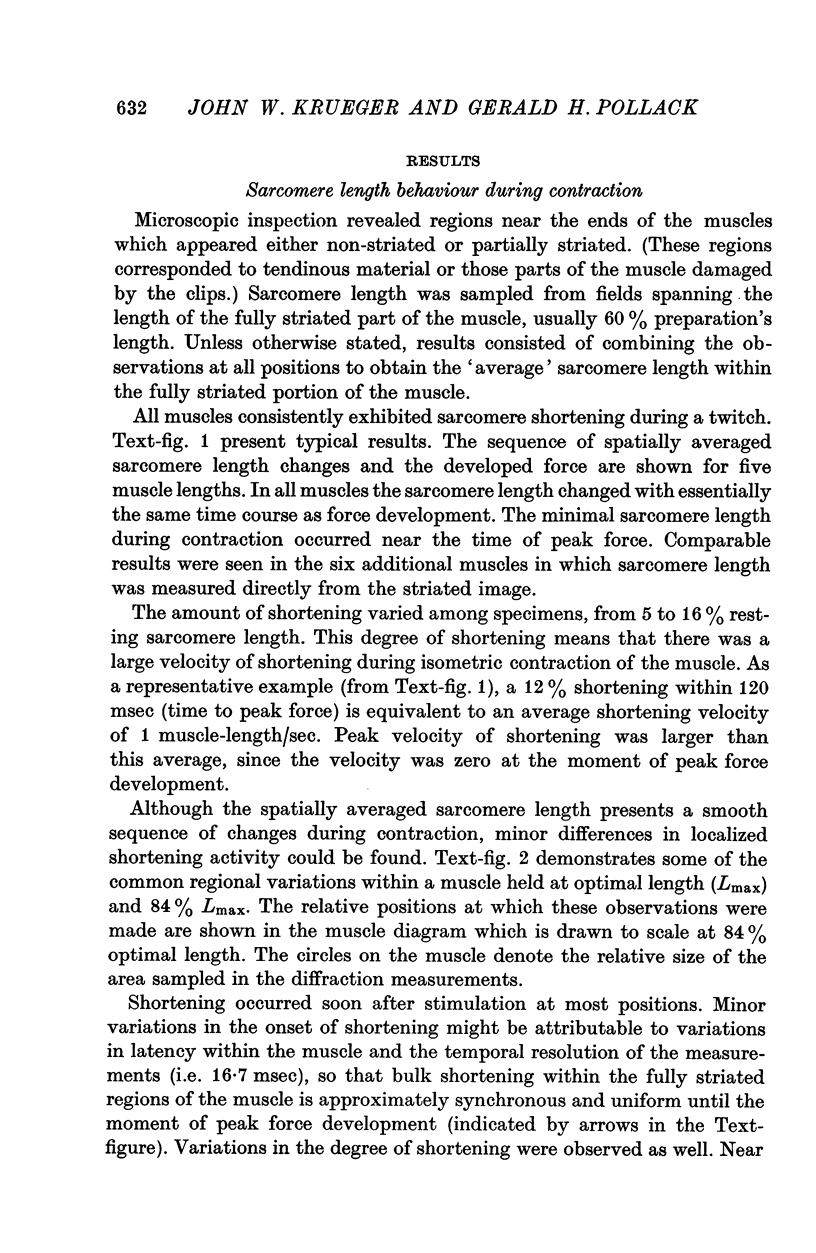
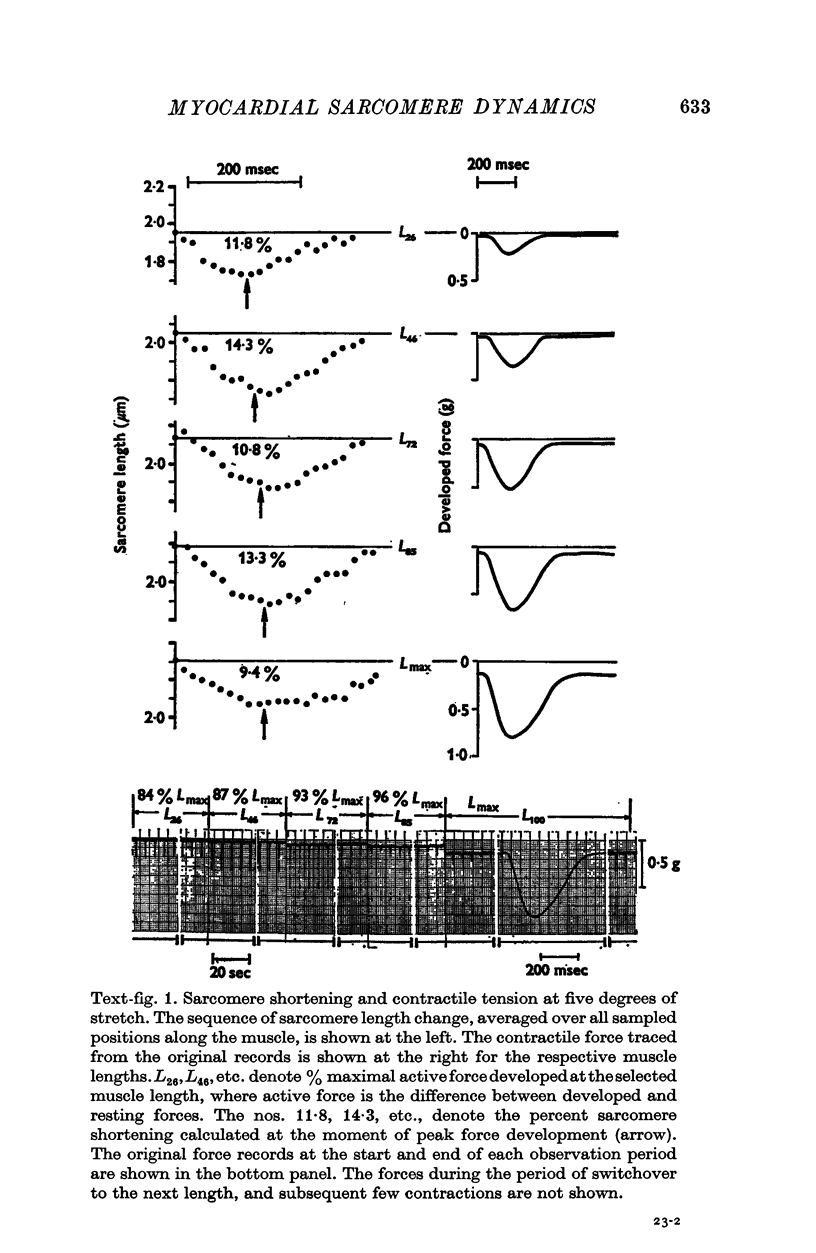
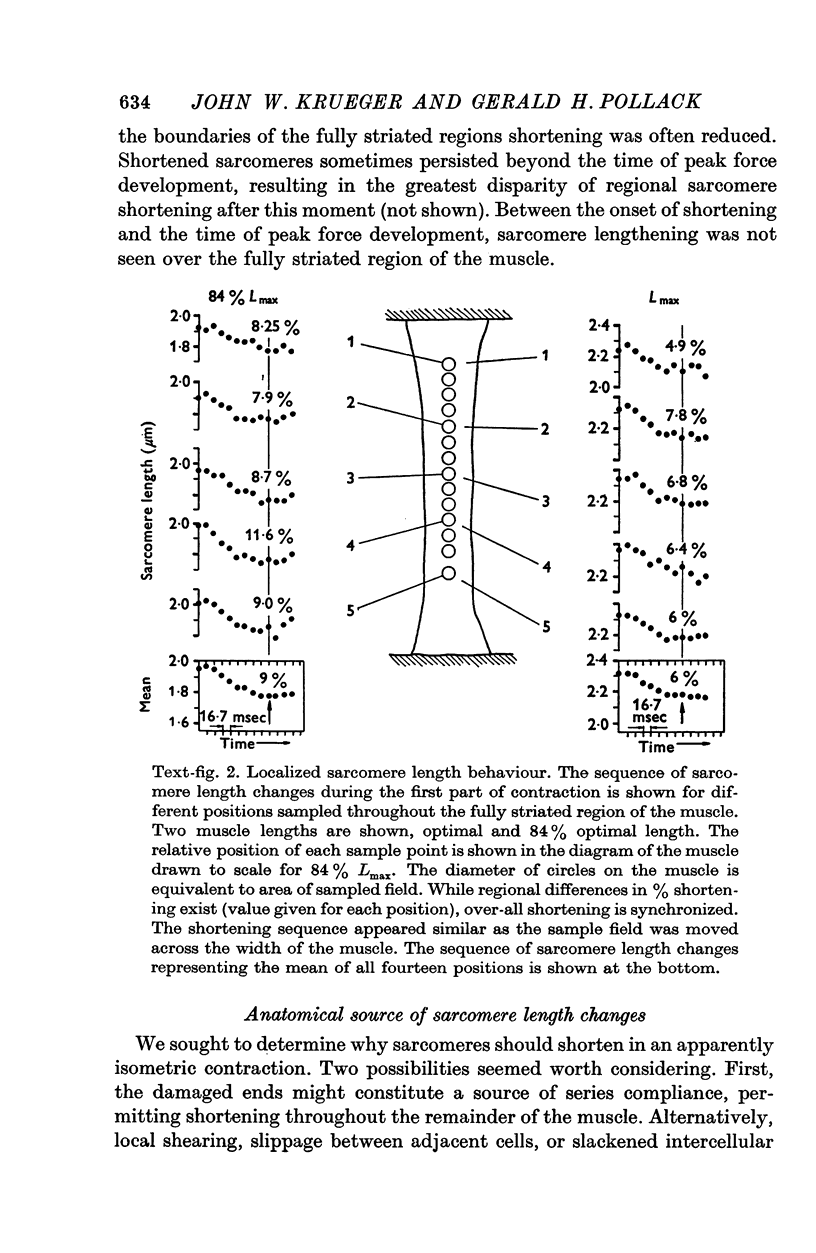
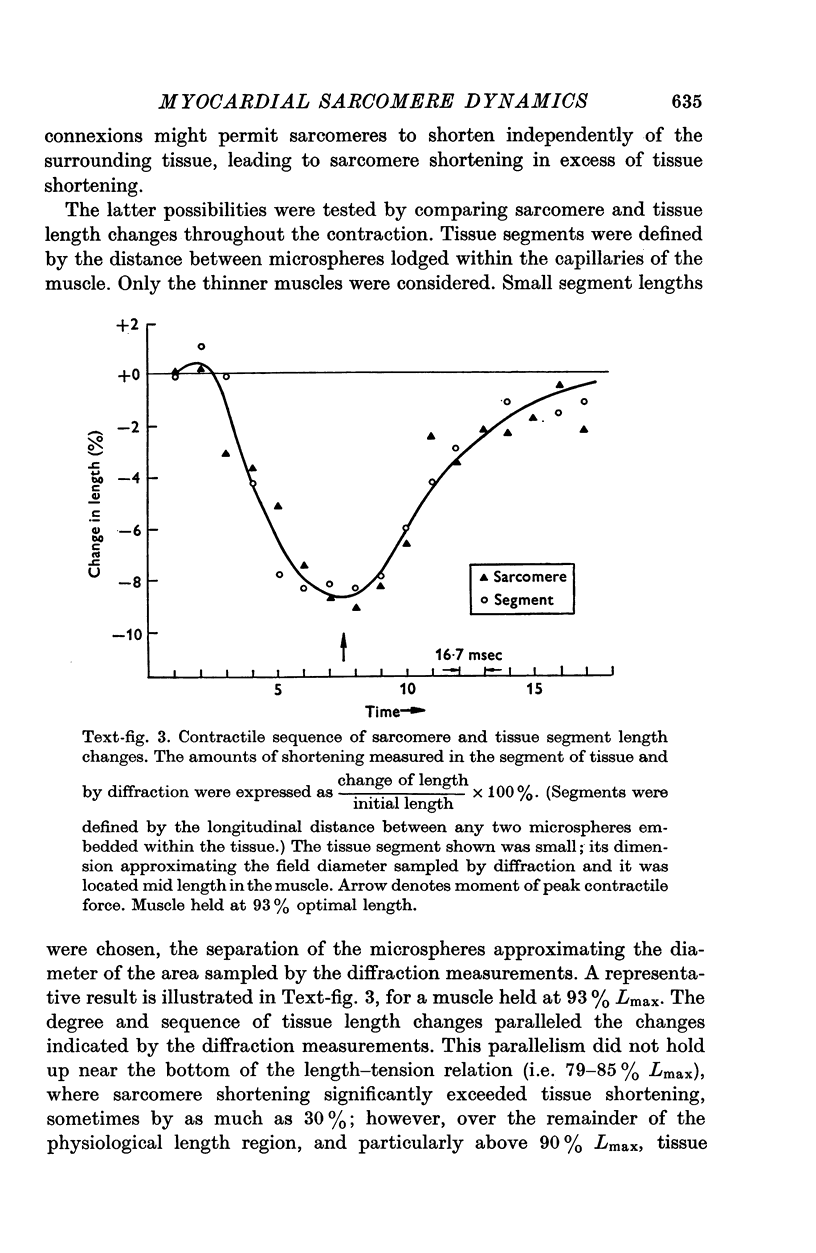
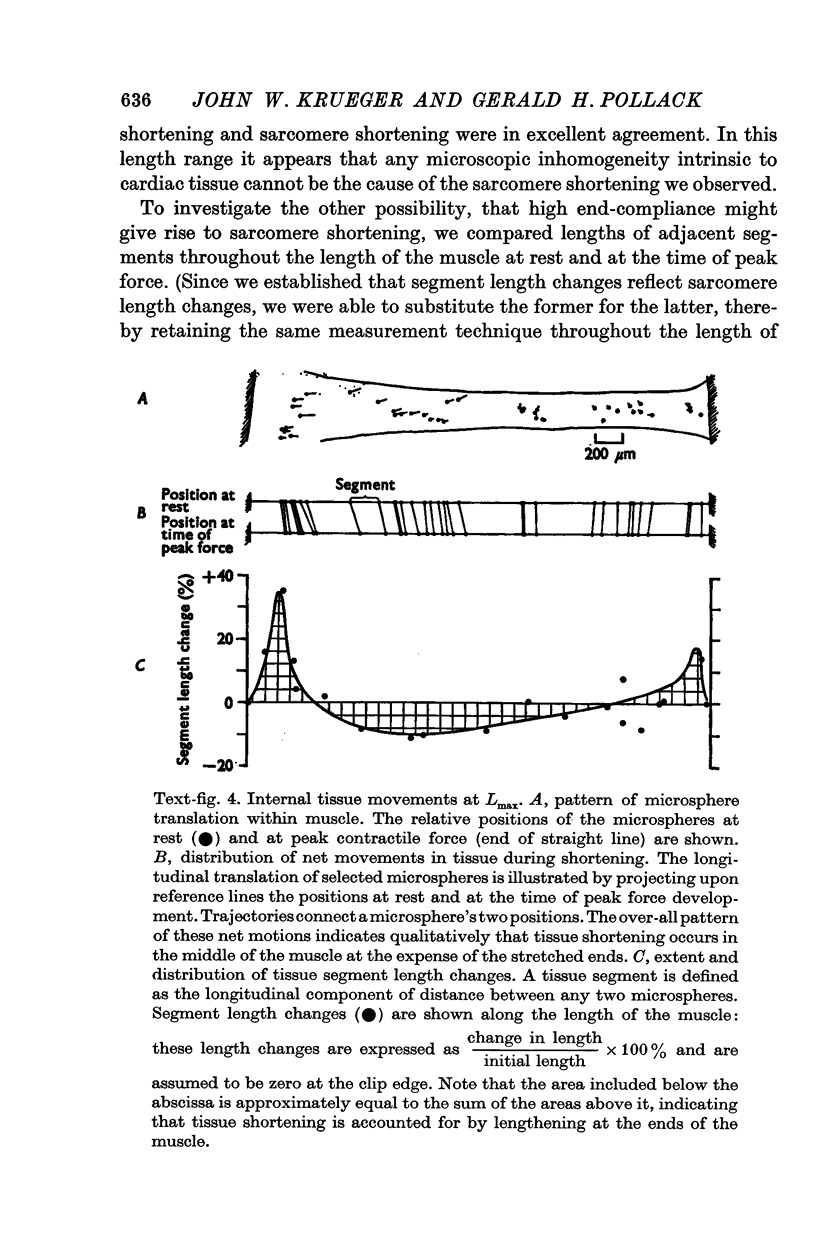
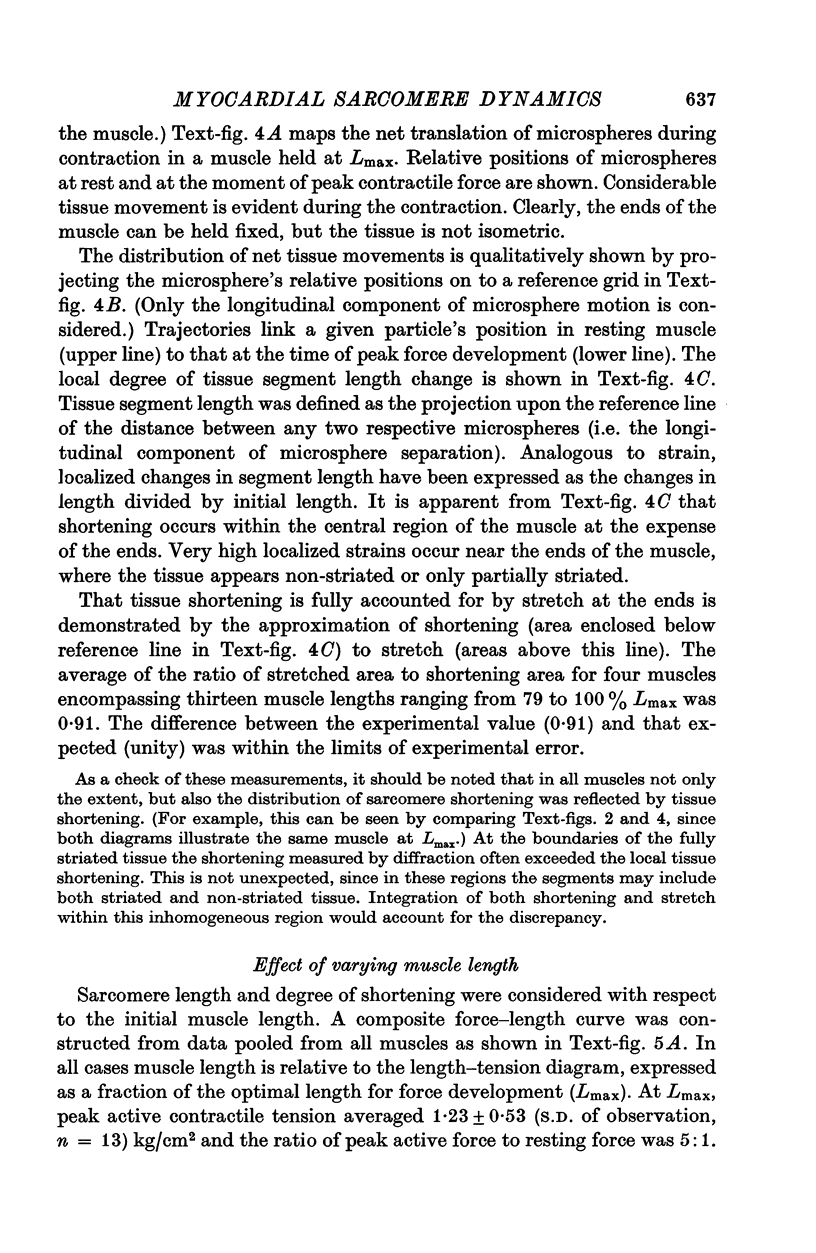
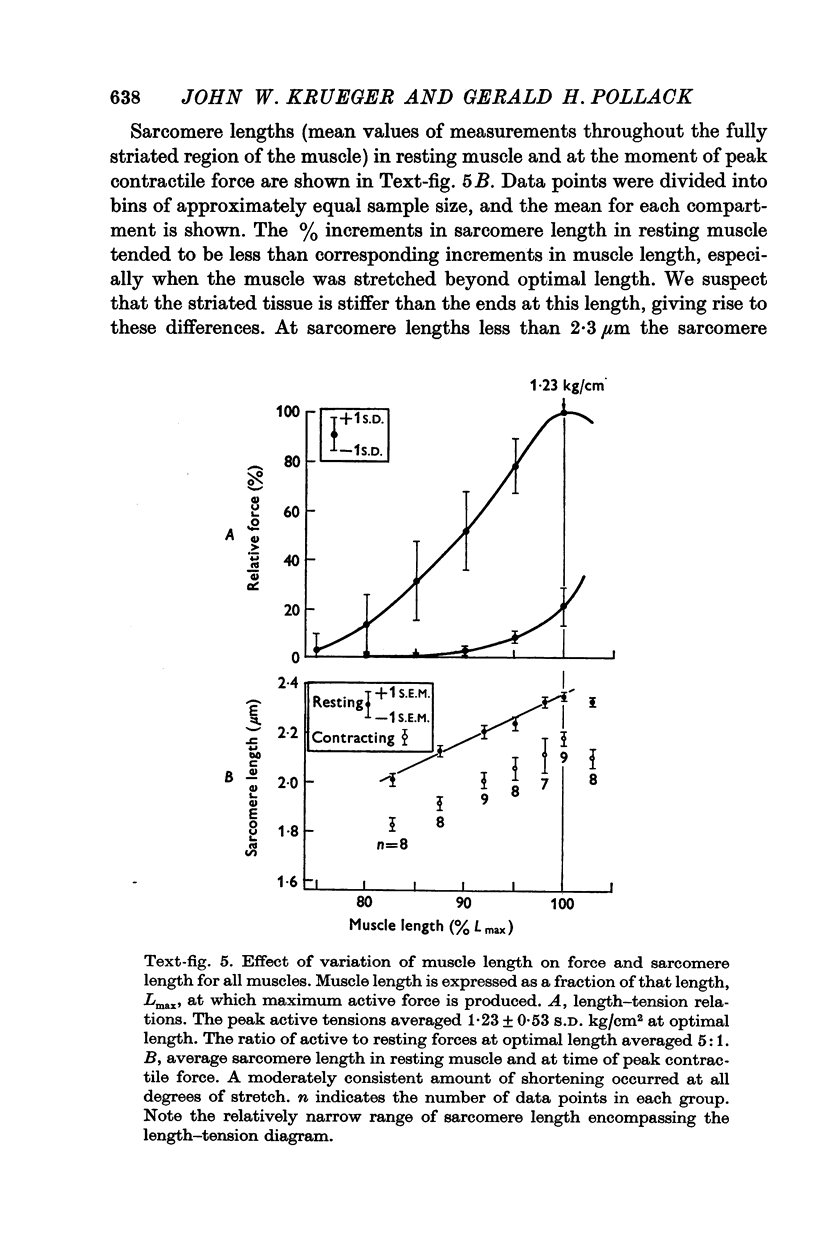
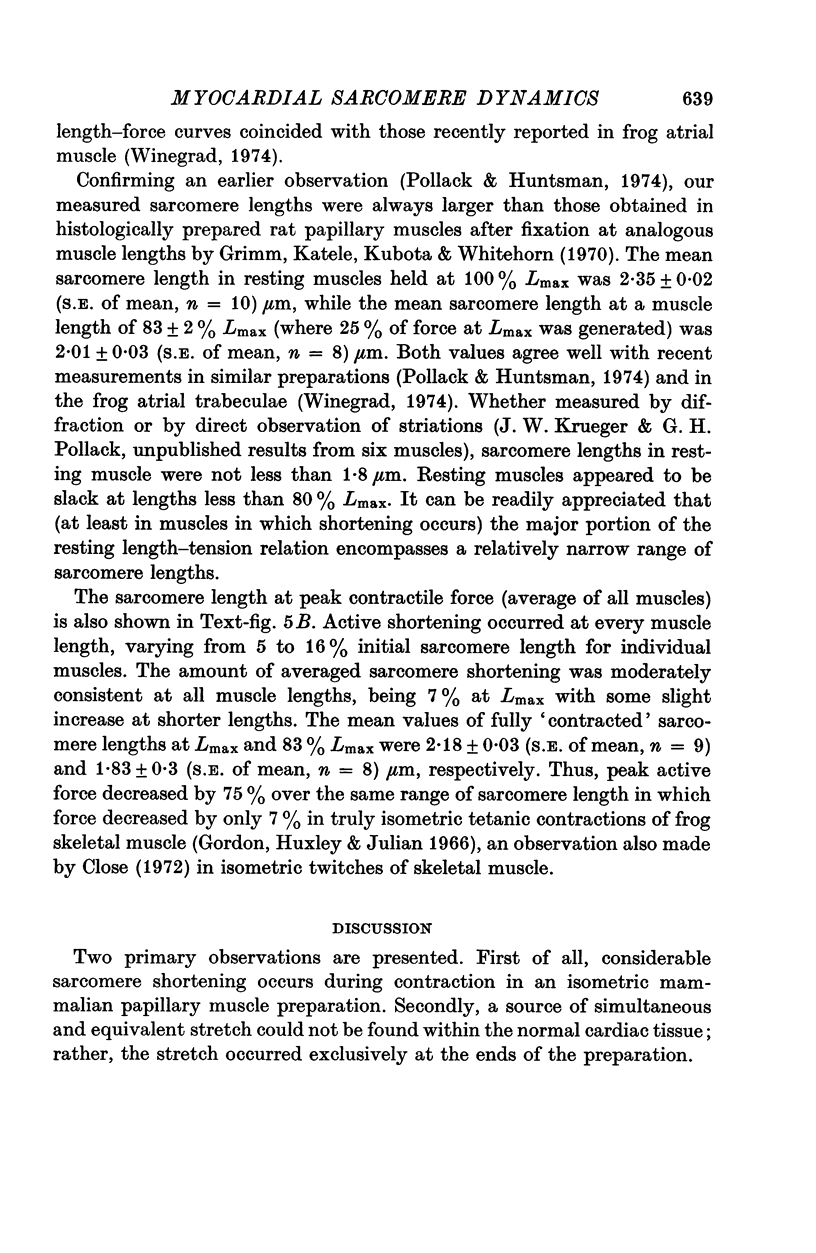
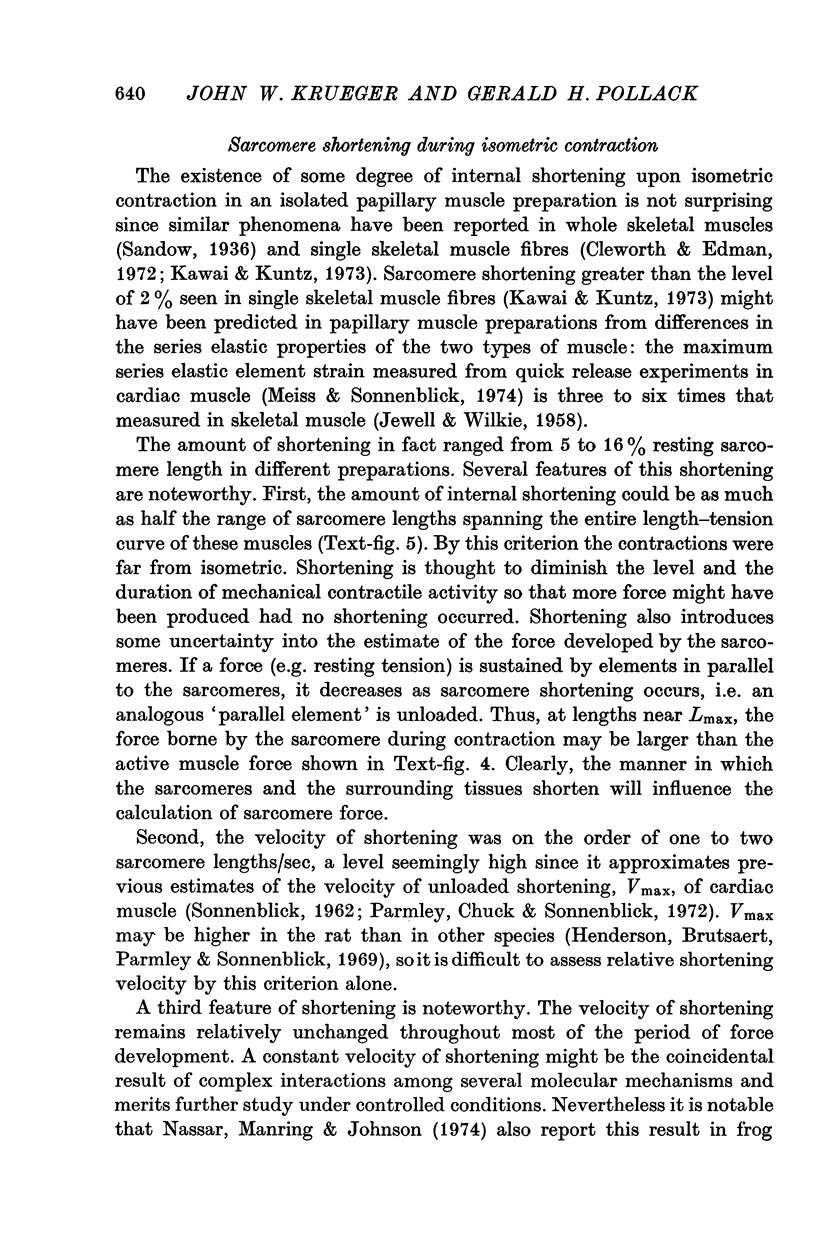
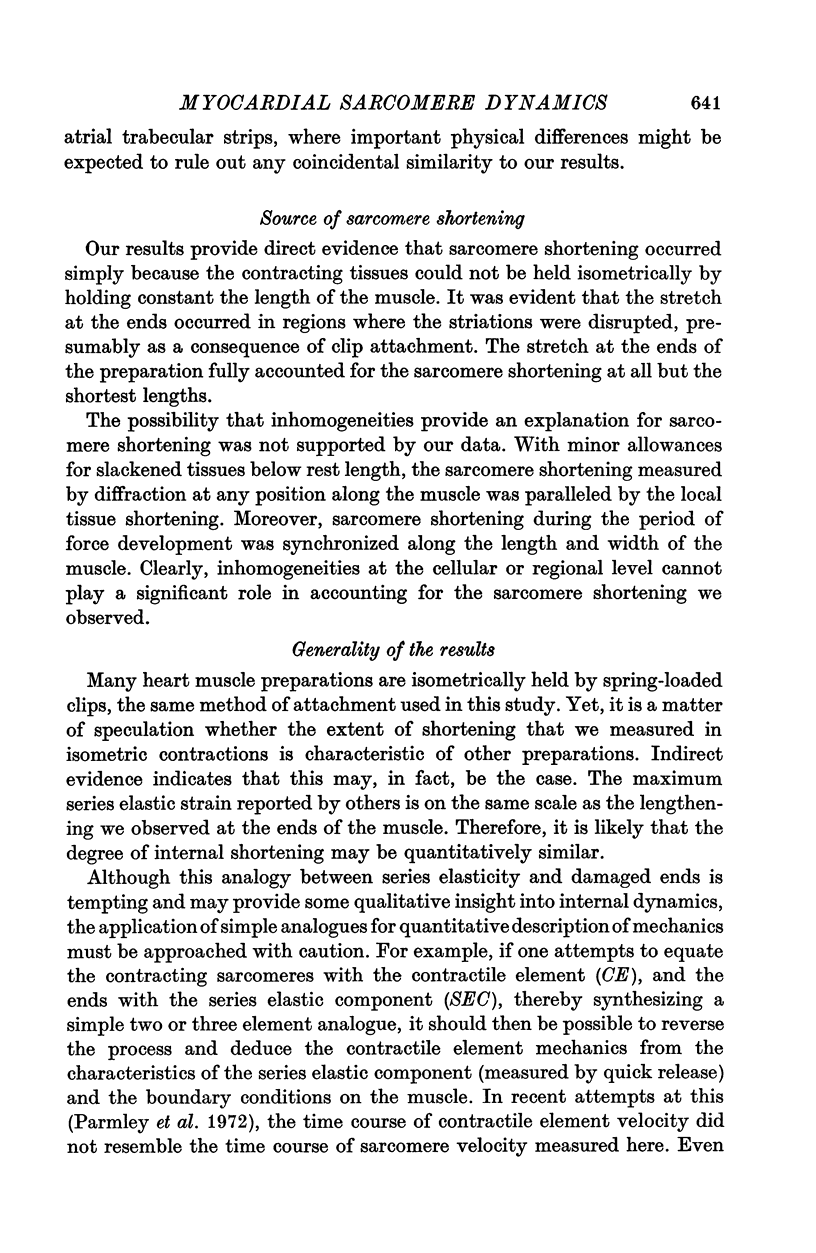
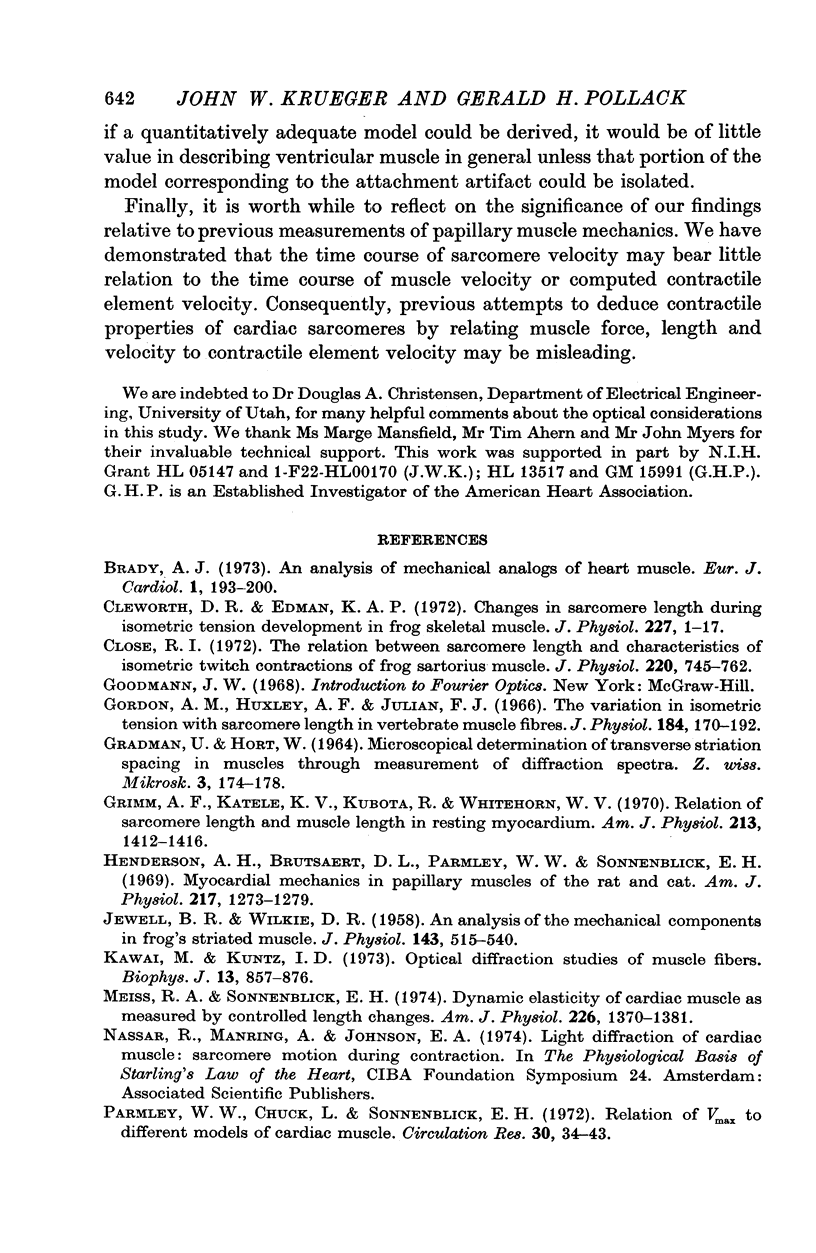
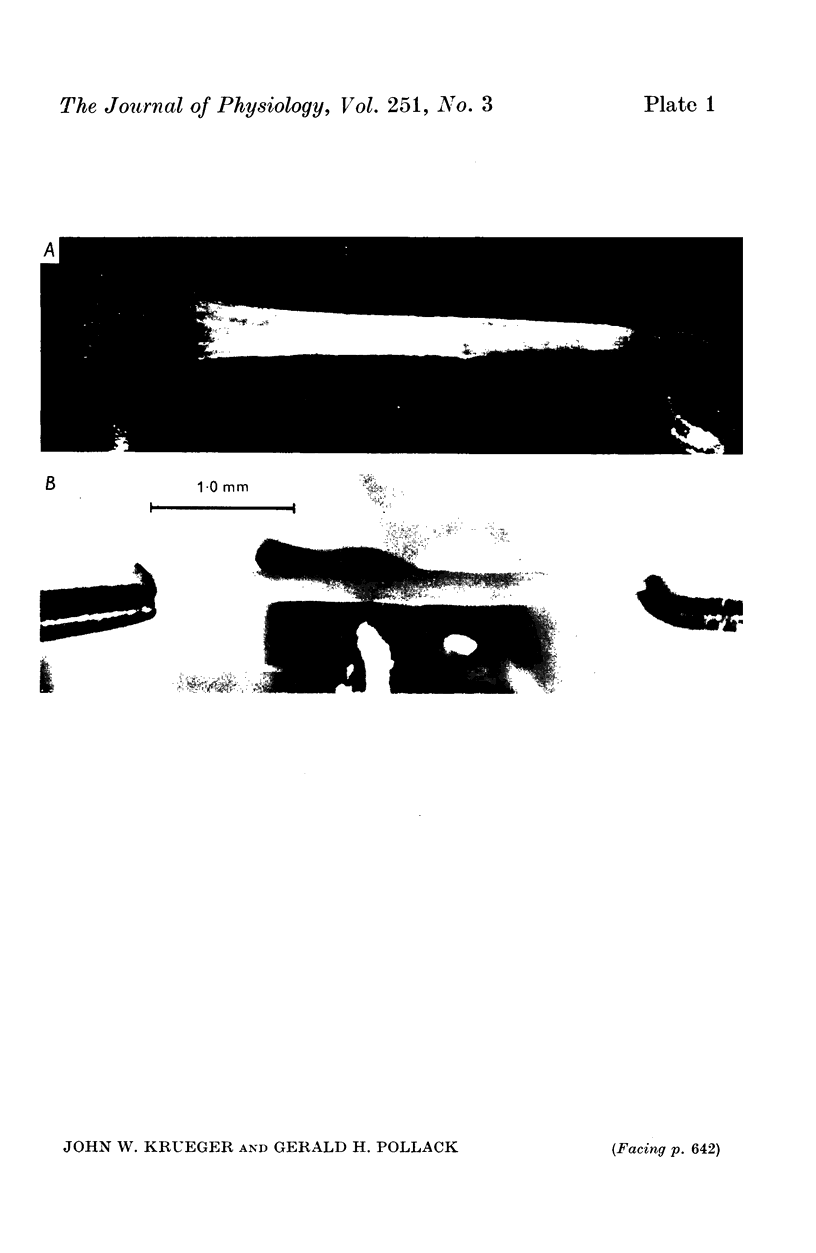
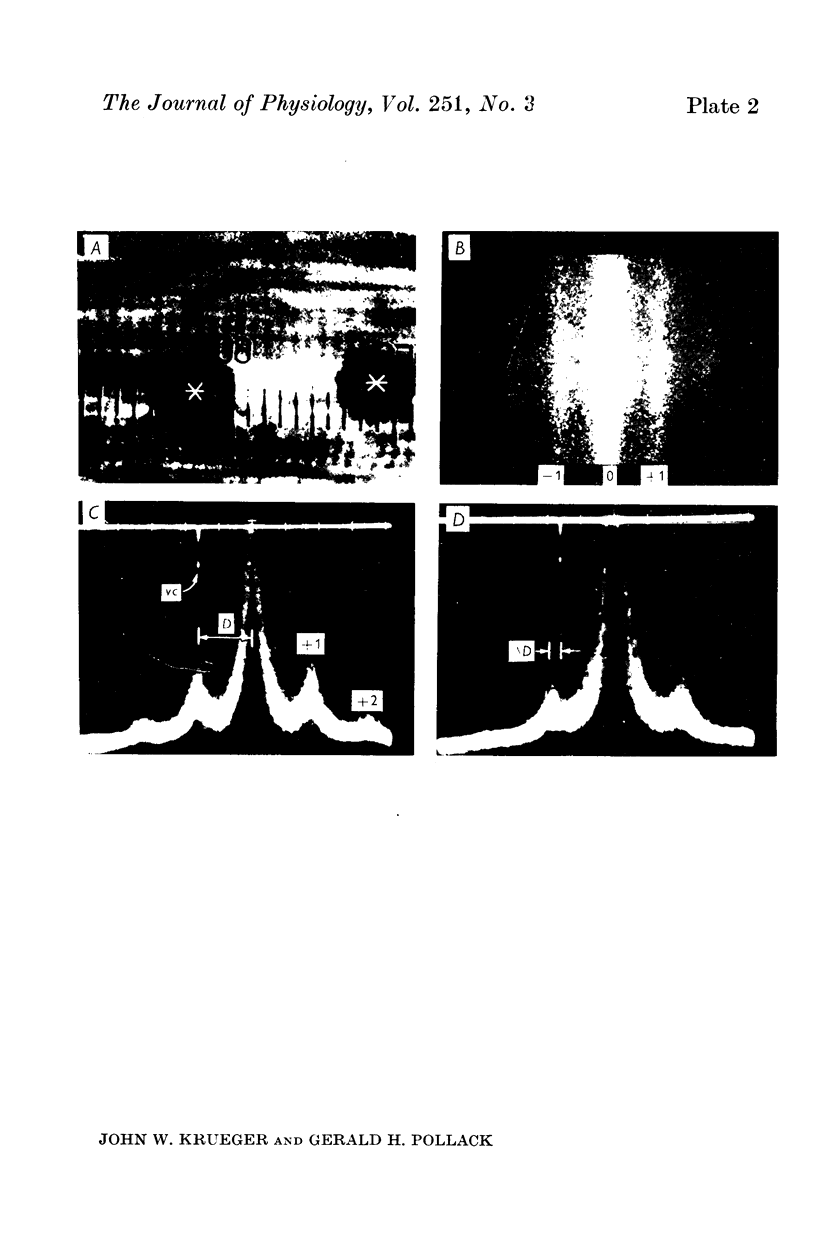
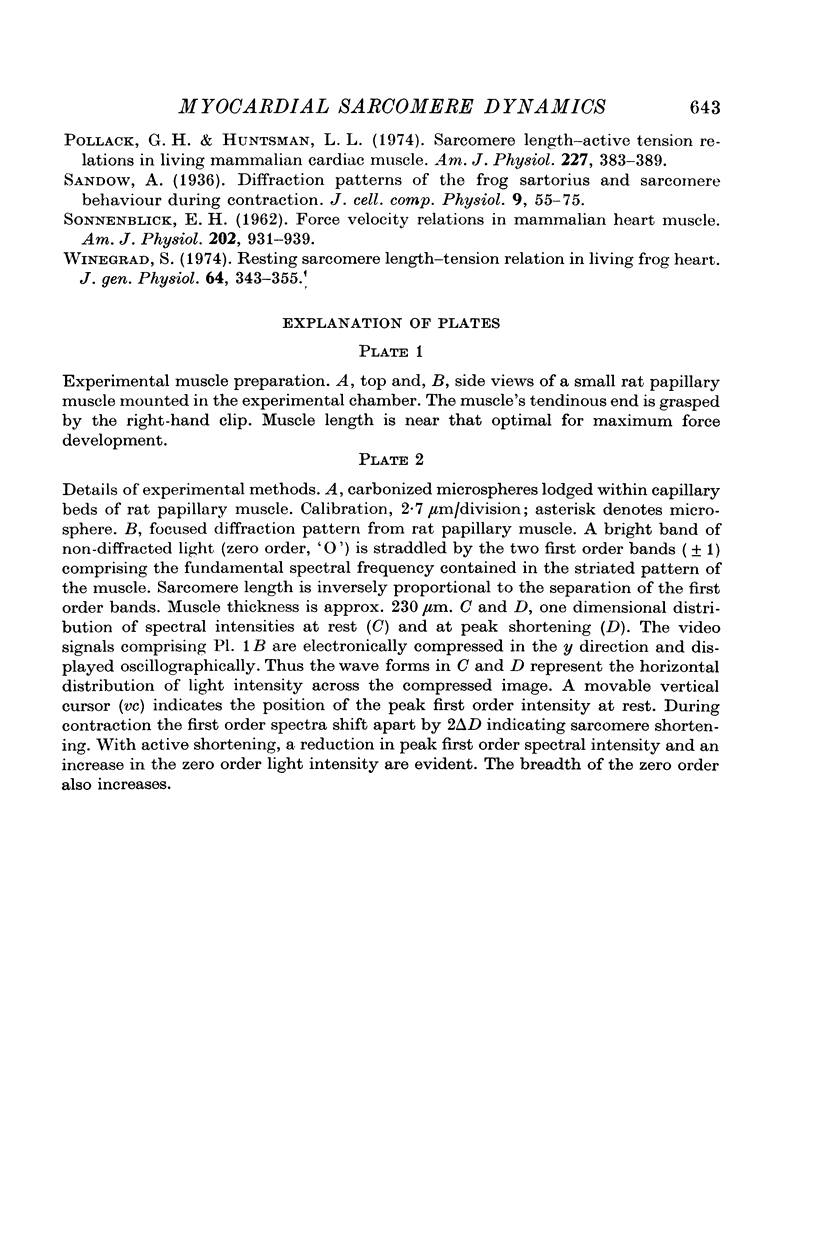
Images in this article
Selected References
These references are in PubMed. This may not be the complete list of references from this article.
- Brady A. J. An analysis of mechanical analogs of heart muscle. Eur J Cardiol. 1973 Dec;1(2):193–200. [PubMed] [Google Scholar]
- Cleworth D. R., Edman K. A. Changes in sarcomere length during isometric tension development in frog skeletal muscle. J Physiol. 1972 Dec;227(1):1–17. doi: 10.1113/jphysiol.1972.sp010016. [DOI] [PMC free article] [PubMed] [Google Scholar]
- Close R. I. The relations between sarcomere length and characteristics of isometric twitch contractions of frog sartorius muscle. J Physiol. 1972 Feb;220(3):745–762. doi: 10.1113/jphysiol.1972.sp009733. [DOI] [PMC free article] [PubMed] [Google Scholar]
- Gordon A. M., Huxley A. F., Julian F. J. The variation in isometric tension with sarcomere length in vertebrate muscle fibres. J Physiol. 1966 May;184(1):170–192. doi: 10.1113/jphysiol.1966.sp007909. [DOI] [PMC free article] [PubMed] [Google Scholar]
- Grimm A. F., Katele K. V., Kubota R., Whitehorn W. V. Relation of sarcomere length and muscle length in resting myocardium. Am J Physiol. 1970 May;218(5):1412–1416. doi: 10.1152/ajplegacy.1970.218.5.1412. [DOI] [PubMed] [Google Scholar]
- Henderson A. H., Brutsaert D. L., Parmley W. W., Sonnenblick E. H. Myocardial mechanics in ppillary muscles of the rat and cat. Am J Physiol. 1969 Nov;217(5):1273–1279. doi: 10.1152/ajplegacy.1969.217.5.1273. [DOI] [PubMed] [Google Scholar]
- JEWELL B. R., WILKIE D. R. An analysis of the mechanical components in frog's striated muscle. J Physiol. 1958 Oct 31;143(3):515–540. doi: 10.1113/jphysiol.1958.sp006075. [DOI] [PMC free article] [PubMed] [Google Scholar]
- Kawai M., Kuntz I. D. Optical diffraction studies of muscle fibers. Biophys J. 1973 Sep;13(9):857–876. doi: 10.1016/S0006-3495(73)86031-X. [DOI] [PMC free article] [PubMed] [Google Scholar]
- Meiss R. A., Sonnenblick E. H. Dynamic elasticity of cardiac muscle as measured by controlled length changes. Am J Physiol. 1974 Jun;226(6):1370–1381. doi: 10.1152/ajplegacy.1974.226.6.1370. [DOI] [PubMed] [Google Scholar]
- Parmley W. W., Chuck L., Sonnenblick E. H. Relation of V max to different models of cardiac muscle. Circ Res. 1972 Jan;30(1):34–43. doi: 10.1161/01.res.30.1.34. [DOI] [PubMed] [Google Scholar]
- Pollack G. H., Huntsman L. L. Sarcomere length-active force relations in living mammalian cardiac muscle. Am J Physiol. 1974 Aug;227(2):383–389. doi: 10.1152/ajplegacy.1974.227.2.383. [DOI] [PubMed] [Google Scholar]
- SONNENBLICK E. H. Force-velocity relations in mammalian heart muscle. Am J Physiol. 1962 May;202:931–939. doi: 10.1152/ajplegacy.1962.202.5.931. [DOI] [PubMed] [Google Scholar]
- Winegrad S. Resting sarcomere length-tension relation in living frog heart. J Gen Physiol. 1974 Sep;64(3):343–355. doi: 10.1085/jgp.64.3.343. [DOI] [PMC free article] [PubMed] [Google Scholar]




